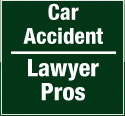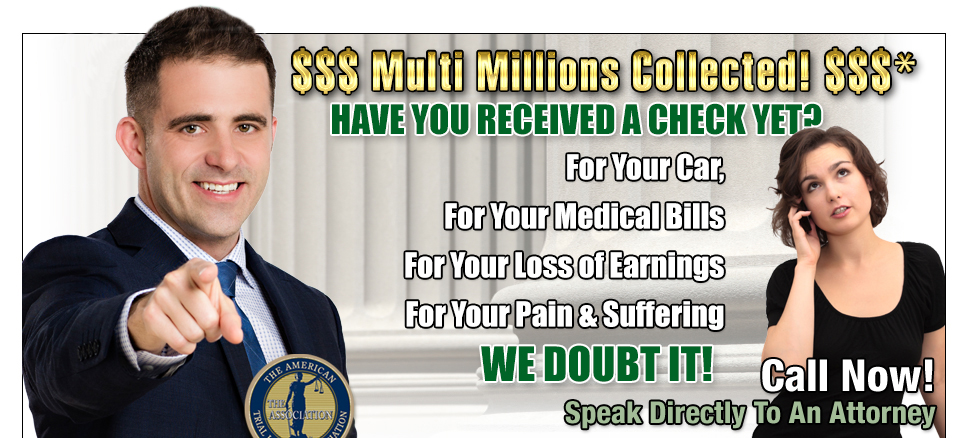 Rear-end collisions are among the most common types of car accidents in California, often resulting from distracted driving, tailgating, or sudden stops. Under California law, the driver who rear-ends another vehicle is typically presumed to be at fault, as all motorists are required to maintain a safe following distance. However, liability is not always automatic—there are circumstances where the lead driver may share responsibility, such as stopping abruptly without reason or having malfunctioning brake lights. Understanding liability rules in rear-end accidents is essential for protecting your rights and pursuing compensation.
Rear-end collisions are among the most common types of car accidents in California, often resulting from distracted driving, tailgating, or sudden stops. Under California law, the driver who rear-ends another vehicle is typically presumed to be at fault, as all motorists are required to maintain a safe following distance. However, liability is not always automatic—there are circumstances where the lead driver may share responsibility, such as stopping abruptly without reason or having malfunctioning brake lights. Understanding liability rules in rear-end accidents is essential for protecting your rights and pursuing compensation.
Collecting Strong Evidence In Rear-End Collisions Is Key
To prove fault in a rear-end collision, collecting strong evidence is key. Accident victims should obtain a police report, take photographs of vehicle damage and the accident scene, and gather witness statements. In California personal injury claims, medical records and expert testimony can also help establish the link between the crash and injuries sustained. In some cases, traffic camera footage or dashcam recordings can provide clear proof of the at-fault driver’s actions. The stronger the evidence, the more leverage you have when negotiating with insurance companies or presenting your case in court.
Seek Professional Legal Representation To Make A Significant Difference
If you are injured in a rear-end collision in California, seeking legal representation can make a significant difference in your claim’s outcome. An experienced California car accident lawyer can investigate the crash, gather the necessary evidence, and fight for full compensation, including medical expenses, lost wages, property damage, and pain and suffering. Because insurance companies often try to minimize payouts, having a skilled attorney ensures your rights are protected and that you receive the maximum settlement you deserve. Rear-end collisions may seem straightforward, but proving liability and damages requires a strategic, evidence-based approach.
Who Is Usually Liable?
In most cases, the rear driver is presumed to be at fault. This is based on the expectation that every driver maintains a safe following distance and remains alert to traffic changes.
However, California follows a comparative fault system, meaning:
- Liability can be shared between drivers
- The front driver may bear partial fault if they acted negligently (e.g., brake-checking, unsafe lane changes, or illegal stops)
Examples Where the Front Driver May Be Liable
- Pulling in front of another car too quickly
- Stopping suddenly without cause
- Driving with broken brake lights
- Illegally double-parking or stopping in traffic lanes
How to Prove Fault in a Rear-End Collision
To establish liability, attorneys and insurers look for evidence of negligence, which may include:
| Evidence Type | What It Shows |
| Photos of damage and skid marks | Position and force of impact |
| Police report | Officer’s observations and citations |
| Eyewitness statements | Independent accounts of driver behavior |
| Dashcam or surveillance footage | Real-time proof of actions |
| Accident reconstruction | Expert analysis of vehicle movement and timing |
What to Do After a Rear-End Collision
- Call 911 and request a police report
- Take photos of all vehicles and the scene
- Exchange insurance and contact info
- Seek medical attention—even for minor injuries
- Contact an attorney to help preserve evidence and negotiate claims
Would you like a version of this formatted as a collapsible FAQ or a decision tree to help readers determine fault? I can also help you build a checklist for what to do immediately after a rear-end crash.
What to Do After a Rear-End Collision
- Call 911 and request a police report
- Take photos of all vehicles and the scene
- Exchange insurance and contact info
- Seek medical attention—even for minor injuries
- Contact an attorney to help preserve evidence and negotiate claims
What to Do After a Rear-End Collision in California
Even a minor rear-end crash can leave you shaken. Here’s what to do immediately after the accident to protect your health, your rights, and your claim:
Step-by-Step Checklist
- Check for Injuries
- Assess yourself and passengers.
- Call 911 if anyone is hurt—even if symptoms seem minor.
- Move to Safety
- If drivable, pull over to a safe spot.
- If not, stay inside unless there’s danger (e.g., fire or traffic hazard).
- Call 911 and Report the Accident
- Request medical help if needed.
- Ask for a police report—it’s crucial for insurance claims.
- Exit Your Vehicle Safely
- Only if it’s safe to do so.
- Avoid standing in traffic lanes.
- Document the Scene
- Take photos of:
- Vehicle damage
- License plates
- Road conditions and traffic signs
- Skid marks or debris
- Note any nearby surveillance or traffic cameras.
- Take photos of:
- Exchange Information
- Get names, contact info, insurance details, and license plate numbers from all involved parties.
- Identify Witnesses
- Ask for names and contact info of anyone who saw the crash.
- Watch What You Say
- Don’t admit fault or argue.
- Stick to facts when speaking to police or other drivers.
- Seek Medical Attention
- Even if you feel fine—some injuries (like whiplash) appear later.
- Keep a journal of symptoms and medical visits.
- Notify Your Insurance Company
- Report the accident promptly.
- Share the police report and photos.
Hire an Accident Attorney In California
If you or a loved one has been injured in an auto collision, Accident Lawyer strongly encourages you to call our California car accident lawyers. Your experienced Car Accident Lawyer will provide you with Help With Medical Bills and guidance that you need. Our offices are conveniently located throughout California and we conduct regular travels in the region to meet with clients. Contact Car Accident Lawyer today for a Free Case Evaluation.


